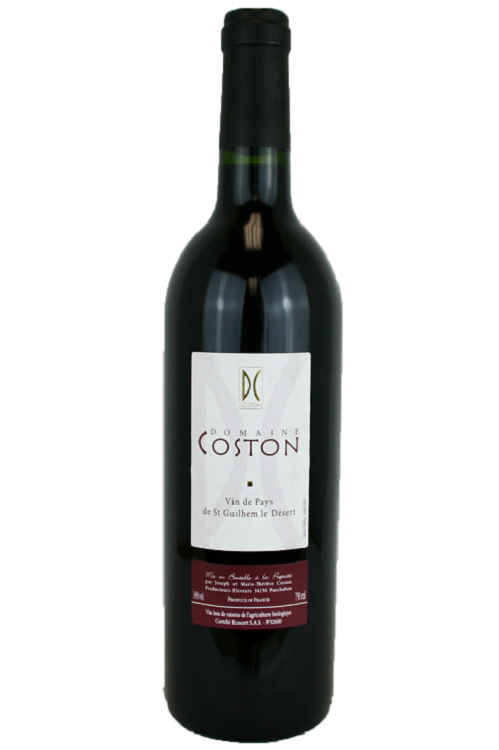Carignan. Rip it out or nurture it?
Carignan is a red wine grape, thought to have originated in Spain, that is widely planted in France and Spain, with meaningful quantities in Italy, mainly in Sardinia, California, North Africa, South Africa, Chile, Israel and other wine growing regions. It was once the most heavily planted variety in France and one of the most heavily planted varieties in the world but is no longer. It is a late ripening grape, likes warm climates and indeed thrives in the heat. The temptation to plant is its ability to produce vary large quantities of grapes which is attractive to farmers. The grape is generally not greatly respected for quality but under certain circumstances can produce flashes of brilliance. In the late 1980’s, in an attempt to improve the quality of European wine and to dry up the wine lake, farmers were offered subsidies to rip out Carignan and replant with “better” varieties, other crops, or even nothing at all. Many farmers took the subsidies and the area under Carignan, in France particularly, declined drastically. In France, Carignan is found all over the South West with large plantings in the Languedoc. It is present in the Rhone and finds its way into Cotes du Rhone blends. It is not permitted in the Southern Rhone’s flagship wine, Chateauneuf-du-Pape.
At its worst, Carignan can add green characteristics and coarse tannins to wine. At its best, it adds a lovely spiciness and good acidity. For Carignan to give of its best it must be grown in the right place, usually warm to very warm, and it needs age. In my experience, wines made from Carignan vines that are less than 20 years old are not interesting. Once the vines attain 35 years or more, some very interesting, even excellent wines can be made. In northern Priorat, Spain, Carignan vines of venerable age are very important to some producers and quality can be excellent. Good growers in the Languedoc can make lovely wines with meaningful proportions of Carignan in the blend, say 25% - 40%, at very attractive prices. Carignan was once the most widely grown variety in Israel. It is no longer but substantial plantings exist. The Israeli wine industry has expanded rapidly with winemakers preferring to concentrate on more “noble” varieties such as Cabernet Sauvignon, Merlot and, more recently, Syrah. On two recent visits I was impressed with the quality and character of some of the Carignan wines. Here again, Carignan shows that it has adapted well to very warm regions and there is plenty of old vine Carignan available. In Israel one almost has to go on a Carignan quest as Israeli winemakers are more excited about the quality of the wine from their more prestigious varieties. In fact, you get the impression some producers are slightly embarrassed to be making Carignan despite the good to very good quality!
As with all things, Carignan has its detractors but also, a group of passionate supporters. Strong Carignan champions and excellent wines can be found in many places; the Languedoc including the top villages of Minervois and Corbieres; Carignano del Sulcis on the Italian Island of Sardinia; Israel as mentioned previously, Spain; South Africa and Chile. In Chile there is an organization called Vigno that is dedicated to protecting old vine Carignan in the arid, hot Maule Valley. The vines must be dry farmed and at least 30 years old. The wines must be at least 70% Carignan. The remaining 30% can be other grape varieties but must likewise be dry farmed in the Maule Valley and at least 30 years old. The wines must be aged for a minimum of two years. I have tasted a couple of Vigno wines but will need more comprehensive exposure before being in a position to make pronouncements. It is my experience, however, that people do not take on projects if they are not pretty confident of the outcome. The Vigno organization has attracted some very prestigious names who are working with dedication and passion to preserve old vine Carignan and coax excellent wines from it.
So, how do I answer the question I posed at the beginning of this article; “Carignan. Rip it out or nurture it?” If you don’t believe in Carignan, leave it alone. To produce excellent wine it must be grown in the right place, it must be 30 years or older, and it must be handled with knowledge, experience and passion. And after all that you still have to go out and sell it! Still I am a great fan of quality Carignan, particularly in a blend. When I select wines from France’s Southwest I look for that lovely garrigue spice that characterizes quality Carignan. I look for the deft hand of the winemaker to blend the right amount of quality Carignan and I look for wines that over deliver for their price.
Carignan was overplanted but it has its legitimate place in the world of wine!
Want to taste well ripe wine with Carignan in it?
Click on the bottle below
Selected by Peter Koff MW
.
Want to receive complimentary educational posts via email?
Please subscribe below.
Copyright © 2018 GreatWine2U.com. All rights reserved.


